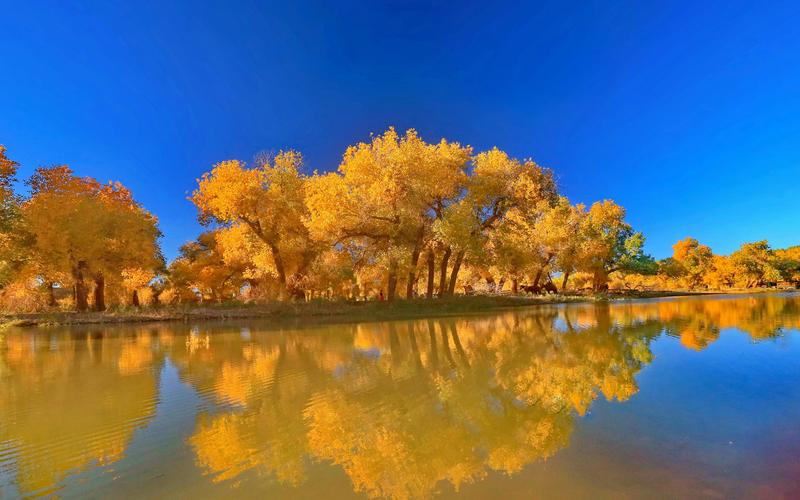Understanding the Rich Cultural Diversity of Latin America
Latin America is a region with an incredibly diverse population, encompassing various ethnic groups such as indigenous people, Europeans, Africans, and Asians. It’s a land of contrasts, filled with varying landscapes, languages, and customs. The culture of Latin America refers to all aspects of life including food, music, dance, art, literature, religion, and even politics. In this article, we’ll explore the rich cultural diversity of Latin America.
The Indigenous Influence
Indigenous groups are an integral part of Latin America’s culture, and they have played a vital role in shaping the region. The indigenous populations of Latin America were the first inhabitants of the land, and their culture still holds strong in places like Peru, Guatemala, and Bolivia. The traditions, customs, and spiritual beliefs of these groups are vital parts of Latin American culture. For example, the Inca people of Peru are known for their incredible stonework and innovative agricultural techniques, such as the use of terraced farming, which have been handed down through generations.
The Impact of Colonialism
The history of Latin America is closely tied to European colonialism, which had an enduring impact on the region’s culture. During the colonial period, the Spanish and Portuguese brought their language, religion, and customs to the area. As a result, most Latin Americans speak Spanish or Portuguese as their first language and are predominantly Roman Catholic.
The influence of colonialism can be seen in the architecture of Latin American cities. For example, in Mexico City, the Palace of Fine Arts is an ornate building that blends the neoclassical style of European architecture with Mexican indigenous imagery.
African and Asian Influences
Many Latin American countries, such as Cuba and Brazil, have significant African and Asian influence due to the transatlantic slave trade and immigration. The African diaspora in Latin America has a distinct culture that includes music, dance, and food. Samba and Bossa Nova music, for example, trace their roots back to African traditions.
Similarly, Asian communities in Latin America have left their mark, especially in the cuisine of countries like Peru, where the Chinese influence can be seen in the popular dish, Chaufa, a Chinese-inspired fried rice.
Literature, Art, and Music
Latin America has a rich artistic tradition that includes literature, art, and music. From authors like Gabriel Garcia Marquez and Isabel Allende to artists like Frida Kahlo and Diego Rivera, Latin America has produced some of the world’s most renowned artists. Their work reflects the region’s complexity and diversity.
Music is another essential part of Latin America, and the region is known for its diverse genres such as salsa, reggaeton, and tango. These musical styles have gained global popularity and are an integral part of the Latin American cultural identity.
Conclusion
Latin America’s rich cultural diversity is a testament to its history and the amalgamation of various ethnic groups. From the Indigenous traditions to the impact of colonialism and the contributions of African and Asian cultures, Latin America’s past has left an indelible mark on its present. By embracing and celebrating its diversity, Latin America is paving the way for a brighter future.
(Note: Do you have knowledge or insights to share? Unlock new opportunities and expand your reach by joining our authors team. Click Registration to join us and share your expertise with our readers.)
